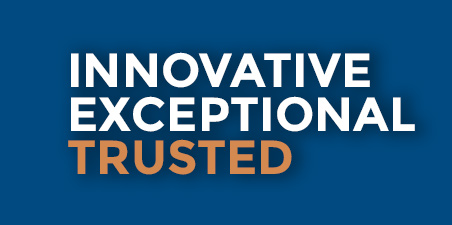KRA Corporation has followed the increased attention that apprenticeship is receiving in the effort to revitalize workforce initiatives for youth and we look at some of the barriers it faces.
There has been a fair amount of buzz recently around the advantages of adopting the apprenticeship model as a solution to the burgeoning unemployment figures among U.S. youth.
It does have one major fan in its corner—President Barack Obama—who believes: “an economy built to last demands that we keep doing everything we can to help students learn the skills that businesses are looking for.” His commitment to that belief in the apprenticeship model was very clearly demonstrated with his Youth CareerConnect grant program.
With a widening skills gap threatening companies that need skilled labor if the re-emerging manufacturing sector is to blossom, it seems like a fairly simple (and successfully proven) solution to harness or create those skills from an early age—something that KRA Corporation fully appreciates and seeks to promote through its successful WIA Youth Services Programs.
However, the earn-as-you-learn model continues—as it has for quite some time—to be a sticky one for many different factions directly involved in the process, as well as those that are affected by it. For some it is viewed with skepticism, and for others flat-out scorn.
It doesn’t help that there seems to be a stigma attached to the vocational education system. And it is a stigma that directly impacts those that it is targeting—the youth. Despite it being outdated with the skills required to perform these jobs becoming increasingly more technical, the belief that this is the purview of the under-educated still abounds. It is a sentiment that is eroding (according to this Reading Eagle article) but still clings to life.
Along those same lines, part of the battle is the culture of the natural (and aspirational) progression of education which dictates students finish high school, go to college, and then find a befitting job. It is still espoused that those who couldn’t quite make the grade (or get the grades) where the group who took the other route—setting up the two-tier mentality.
From an employment point of view, the detraction is that it is a dead-end proposition with no room for further education while removing any opportunity for upward mobility or prospects for alternate employment if the industry down-turned.
It also requires buy-in from the companies themselves, many of whom have neither the resources nor the inclination to take the training upon themselves. Some organizations feel that this responsibility to provide trained workers is someone else’s responsibility.
Ineffective implementation efforts or protocols, initial capital inputs, and overall lack of understanding of the process when attempting it slow it down and with minimal returns that seem to reinforce those misconceptions, it is deemed an unsustainable model.
One hurdle, a New York Times article reporting on new apprenticeship models, based on German school-to-industry partnership models that are being adopted in South Carolina, is that companies see apprenticeships as gateways to unions.
Perhaps it could be as simple as the parochial U.S. mindset that “our way is better” or “this isn’t our system, it’s what they do in Europe” and it is this way of thinking that needs to change.
KRA Corporation applauds any effort that moves the development needle that impacts our youth—a core component of the modern U.S. workforce. We remain committed to ensuring the success of the WIA Youth Services and Workforce Investment Board system and are hopeful that future models related to workforce development initiatives for youth will continue to help the cause.


 Dr. Boone’s 20+ years’ experience in the industry is extensive and her expertise in private-, public-, and non-profit sector workforce-services organizations is unparalleled, particularly in the Baltimore–Washington Metropolitan area.
Dr. Boone’s 20+ years’ experience in the industry is extensive and her expertise in private-, public-, and non-profit sector workforce-services organizations is unparalleled, particularly in the Baltimore–Washington Metropolitan area.






















